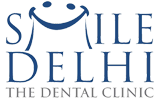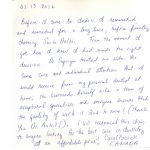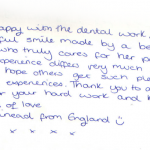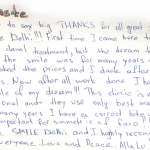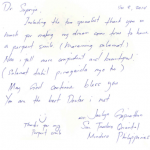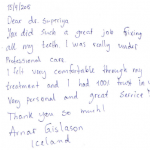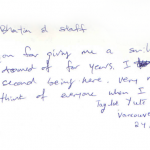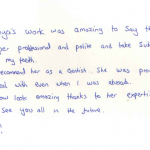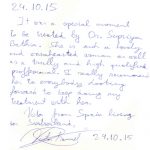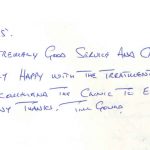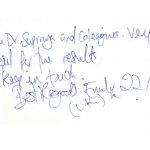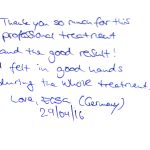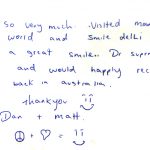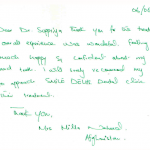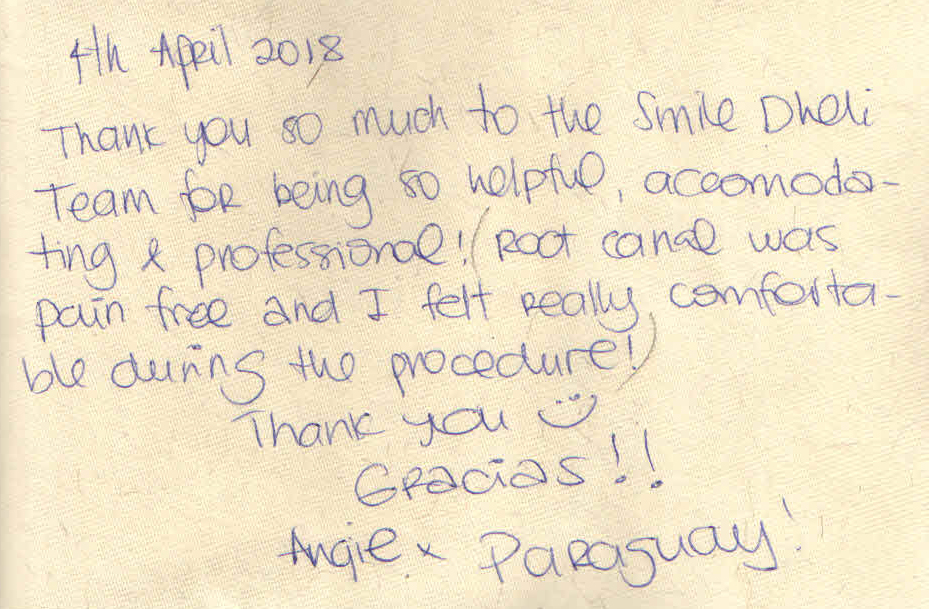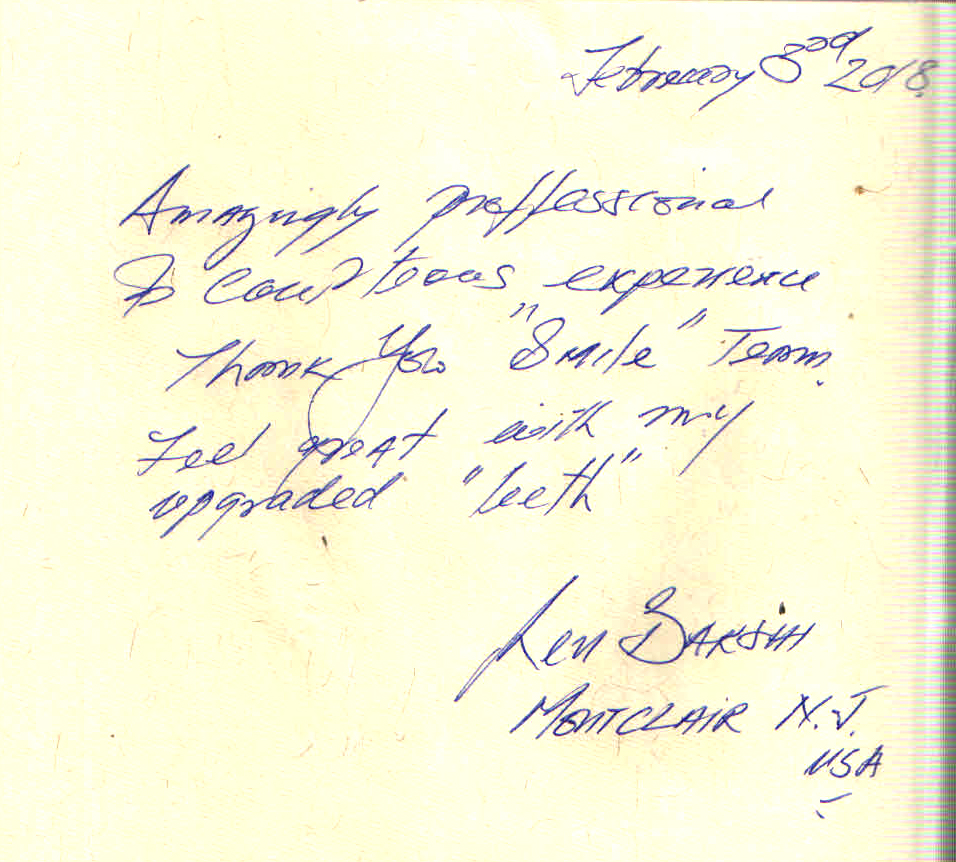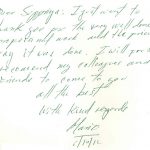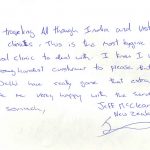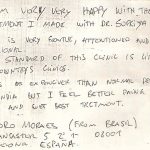Did u know this about mouthwashes?
What Is Mouthwash?
Mouthwash is a liquid that can be swished around in the mouth to improve the health of the teeth, gums, and tongue. Mouthwash can do more than just freshen your breath; it can actually help fight plaque (thin film of bacteria that forms on teeth) and gingivitis (an early stage of gum disease), prevent or control cavities, tartar, and periodontal disease, treat halitosis, soothe minor irritations in the mouth, and reduce the speed that tartar (hardened plaque) forms on the teeth or to produce a combination of these effects.
Most mouthwashes are available without a prescription. Your dentist can advise you whether you need a mouthwash and what kind of mouthwash to use depending on your oral health needs.
What ingredients are commonly found in mouthrinse?
Basic ingredients include water, alcohol, cleansing agents, flavoring ingredients and coloring agents. Active ingredients vary depending on the type of mouthrinse, but they can be placed into four general groups:
- Antimicrobial agents act directly on oral bacteria to help reduce plaque, decrease the severity of gingivitis and control bad breath.
- Fluoride helps reduce tiny lesions (tooth decay) on tooth enamel and make teeth more resistant to decay.
- Astringent salts can serve as temporary deodorizers that mask bad breath.
- Odor neutralizers act by chemically inactivating odor causing compounds.
What are the types of mouthrinses?
There are several types of mouthrinse which all perform a particular function. There are fluoride mouthrinse which help to strengthen your teeth, antiseptic mouthwashes which deal with tooth decay and hide bad breath and herbal mouthrinse which do not contain alcohol.
- Fluoride
- Cosmetic
- Antiseptic
- Natural (herbal)
- Total care
Fluoride mouthrinse contain sodium fluoride which helps to strengthen the teeth. Using it daily may give extra protection against tooth decay. However, fluoride is present in toothpaste and tap water and is more than adequate for our needs. Sodium fluoride provides extra fluoride to the people who need it. Be careful about consuming excessive amounts of fluoride.
Antiplaque mouthrinse It inhibits plaque accumulation, thus reducing the chance of getting gingivitis (inflammation of the gums and a form of gum disease) by reducing the bacterial count and inhibiting bacterial activity. The active ingredients include Chlorhexidine Gluconate, Triclosan, Thymol, Cetylpyridinium Chloride (CPC), etc. However, long term use of mouthrinse may stain the teeth and alter taste sensation. You are advised to consult your dentist before use. Correct usage of suitable mouthwash under professional advice is recommended.
Desensitizing mouthrinse This kind of mouthwash contains active ingredients such as Arginine which claims to seal the dentinal tubules at the sensitive site, thus reducing tooth sensitivity. You should always consult your dentist whether you need the desensitizing mouthrinse and follow his/her instruction on how to use it.
Cosmetic mouthrinse do not offer the same protection as other types and are used more as a means of disguising bad breath (halitosis). They help to keep your teeth clean but do not reduce the risk of tooth decay.
Antiseptic mouthrinse contain chlorhexidine gluconate – a chemical which stops the growth of bacteria and is suitable for people with a mouth infection. They are also useful for people with bad breath (halitosis).
They are effective in that they can prevent the build up of plaque to a certain degree but they should be used in conjunction with a toothbrush and dental floss.
Avoid overuse of these as the high levels of chlorhexidine can cause discolouration of the teeth over a long period of time. But if you do experience this then your dentist or dental hygienist will be able to easily treat it.
Natural mouthrinse are alcohol-free (and contain no fluoride) and work in much the same way as conventional mouthrinses.
Some people find that a home-made mouthrinse, such as those made from a pinch of salt and warm water, are useful following a tooth extraction. They can also treat a mouth infection or injury.
Total care mouthrinse contain anti-bacterial ingredients which help to reduce the build up of plaque and prevent gum disease.
Magic mouthrinse This may sound exotic but it is a type of mouthrinse which is prescribed by your dentist to treat conditions such as mouth ulcers or inflamed mouth tissues caused by cancer treatment.
What’s the difference between cosmetic and therapeutic mouthrinses?
Cosmetic mouthrinses may temporarily control or reduce bad breath and leave the mouth with a pleasant taste. But they don’t deal with the causes of bad breath. They don’t kill the bacteria that cause bad breath or chemically inactivate odor causing compounds. Also, none of the cosmetic mouthrinses helps reduce plaque, gingivitis or cavities.
Therapeutic mouthrinses, on the other hand, can help reduce plaque, gingivitis, cavities and bad breath. Some fight the bacteria present in plaque, a sticky film that forms on teeth and gums. Plaque bacteria create toxins that can damage the gums. Plaque that is not removed with daily brushing and flossing can cause gingivitis, an early stage of gum disease. If plaque is allowed to continue to accumulate, gingivitis can progress to advanced gum disease, called periodontitis, which only a dentist can treat. Plaque can also turn into tartar (or calculus), a hard substance that can only be removed during a professional cleaning. Some therapeutic mouthwashes contain agents that either fight bad breath bacteria or that chemically inactivate odor causing compounds. Therapeutic mouthrinses that contain fluoride help prevent or reduce tooth decay.
At what age can a child use a fluoride mouthrinse?
The use of fluoride mouthrinses is not recommended for children six and younger because they may swallow the rinse. Regular use of a fluoride mouthrinse (daily or weekly, depending on the rinse) can provide additional protection against cavities over that provided by a fluoride toothpaste.
When to use mouthrinse, before or after brushing?
There is a downside to fluoridated mouthwashes. Most of them tend to have low pH values that make them acidic and that’s not good for your teeth.
The outer layer of your teeth (enamel) contains calcium crystal that significantly dissolves at a pH of 5.5. That’s why you shouldn’t use mouthwashes with low pH regularly or prolonged periods. It’s also not a good idea to brush immediately after using them because it could further erode your enamel.
Alkaline mouthwashes have a pH of 7 and above. An alkaline mouth wash, with or without fluoride is good for your teeth and mouth. Odour causing bacteria hate it because it creates an alkaline environment, which inhibits them from growing and thriving. Another reason for using high pH mouthwash is it helps your teeth become stronger and healthier. Studies have shown this type of mouth increase fluoride uptake into enamel.
So don’t use mouthwash even a fluoride one, straight after brushing your teeth or it will wash away the concentrated fluoride in the toothpaste left on your teeth. Choose a different time to use mouthwash, such as after lunch. Don’t eat or drink for 30 minutes after using a fluoride mouthwash.’
- However, mouthwashes are most effective after physically removing the plaque from the teeth and gums by brushing and flossing. It is the accumulation of plaque that causes cavities, gum disease, and bad breath. Plaque, the bacterial buildup on the teeth and gums, is very sticky and adheres to the teeth. It can be removed very easily with good brushing and flossing. Mouthwashes may temporarily make your mouth feel cleaner and your breath fresher, but that will be very short-lived without proper brushing and flossing. If you have difficulty brushing and flossing, a mouthwash may provide additional protection against cavities and gum disease.
- Mouthrinses and mouthwashes are not intended to replace tooth brushing. And it is not an effective substitute for brushing your teeth at night. While some mouthwashes have added fluoride to fight cavities they do not work as well as daily brushing and flossing of your teeth, which removes food particles and plaque that can lead to tooth decay. No rinse takes the place of brushing and flossing your teeth.
- It is important to brush your teeth twice a day with fluoride toothpaste. One of those times should be before going to bed to remove all food particles from teeth and prevent the length of attacks by food on teeth. The bacteria in your mouth called plaque sticks to the teeth. It can only be removed physically or mechanically by brushing and flossing.
Posted By – Dr. Shriya
